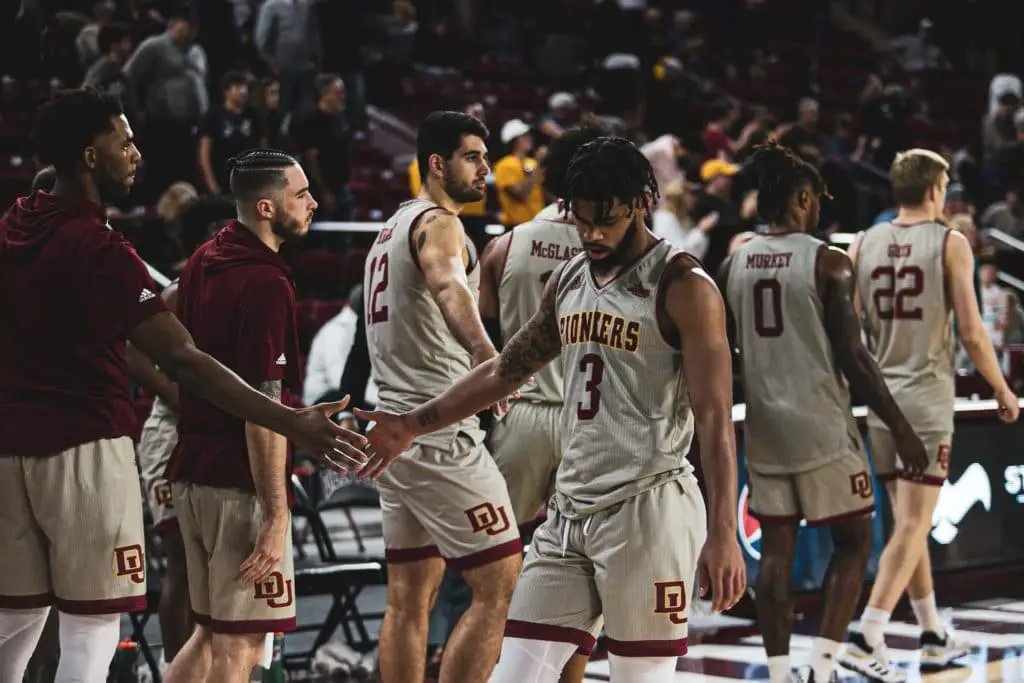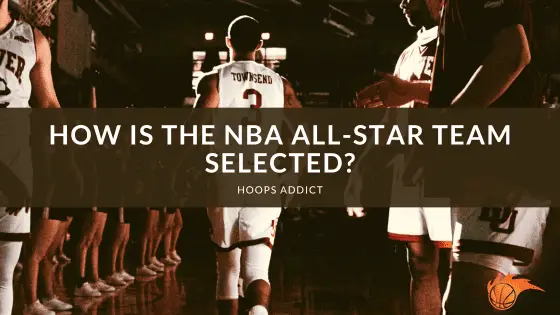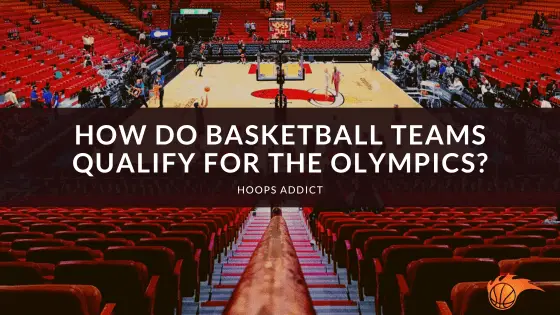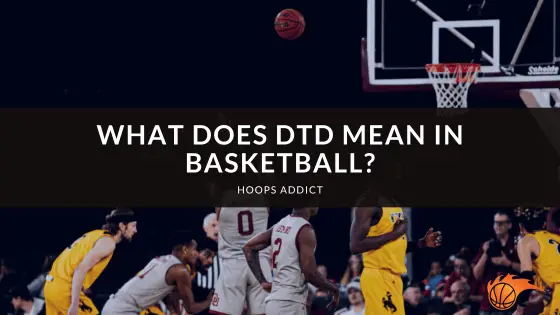Not many people realize that NBA trades are as complicated as a Salvador Dali painting. While it is true that there are straightforward deals that you can make, most of these transactions require a lot of knowledge about how the salary cap and the CBA works. There are also a lot of misconceptions surrounding how NBA trades boil down. Allow us to make everything a little less confusing, so here are the NBA trade rules explained.
 How Does Trade Work in NBA?
How Does Trade Work in NBA?
The truth of the matter is, many, including NBA players themselves, do not fully understand how a trade works. That’s why they have agents to explain to them the nuances of a trade. There are complicated aspects to it, no doubt, and that includes the aforementioned salary cap and the NBA collective bargaining agreement (CBA). A trade is about math and financial planning as much as it is about the team’s personnel needs.
Before making a deal (as in a trade), the parties must first understand the salary cap. At this point, that’s what you also have to do as part of your crash course about NBA trade rules.
What is a “salary cap?”
Simply put, the salary cap is a way of leveling the playing field. It is the total amount of money that a team can spend on the salary of their players. Now, the salary cap may change from year to year depending on many factors, revenue being the first. The NBA’s salary cap system is called a “soft cap” because there are several exceptions that allow a team to go over the salary cap.
So, why is the salary cap created? Because in a superstar’s league like the NBA, the absence of a salary cap would inevitably make it pretty unbalanced. Imagine billionaire team owners like Mark Cuban or Paul Allen or Steve Ballmer hoarding superstars by offering them nine-figure contracts. Or imagine a big market team like the Los Angeles Lakers or the New York Knicks recruiting the top free agents. There is only one thing that prevents these scenarios, and yes, you guessed it: the salary cap.
Do salary caps really work?
Generally, we can say salary caps work to a certain degree. It’s not perfect, and savvy executives can maneuver their way around it because, as previously mentioned, the NBA utilizes a soft cap that allows certain exceptions.
One of those ways is to simply pay the penalty for going over. (This is called the “luxury tax.”) Another is to utilize what’s called the mid-level exception if a team wants to sign free agents that are not initially with the team. It is also common knowledge that teams can go over the salary cap if they choose to sign back their own players. That is why timing or the sequence of the players who will sign is also very important.
What is the role of the salary cap in a trade?
The rule of thumb is a team could not make a trade that will make them $100,000 above the salary cap. However, there is also a way to go around this rule; this is called a trade exception.
A trade exception enables a team to trade for a player as long as their composite incoming salary does not exceed a definite amount. That amount is based on whether the team pays the luxury tax after the trade and the outbound salary. If a team trades away a player (or players) with a higher salary than the one they acquired, they may do so with the trade exception.
When trades do happen, the teams involved must call the league office to inform them about the completed deal. If the teams want to complete the trade on the weekend, they will have to phone in the deal on Friday. Otherwise, the trade call should be postponed until Monday. To consider the agreement complete, both teams have to concur on all the details of the trade.
 Why Do Players Get Traded?
Why Do Players Get Traded?
NBA players get traded for a variety of reasons. Of course, the most common is team improvement.
For example, Player A is a superstar that announces his intention not to resign with the team. If the team is not confident enough that they can change his mind, they can trade him for some other players and future draft picks. The two sides are taking two different paths, but all of these are done with team improvement in mind. However, there are also cases where trades are made as a salary dump (to save money) or compliance to a player’s request.
If you’re interested in learning more about why NBA teams trade players, check out this comprehensive article here.
 What is a “Sign and Trade” Deal in NBA?
What is a “Sign and Trade” Deal in NBA?
According to the NBA trade rules explained by the league itself, a sign and trade deal is one of the additional trade rules. As the name suggests, this transaction allows a team to sign its own player to a new contract and then include him in a trade. This enables the acquiring team to own the traded player’s Bird right (if applicable), a type of contract exception that allows the team to re-sign the player once his contract expires even if that puts them over the cap.
A player involved in a sign and trade should be traded within 48 hours. However, only unrestricted free agents are permitted to get involved. Unrestricted free agents are players whose contract has already expired and are open to signing with any team. On the other hand, restricted free agents are free agents that will still be granted permission to test the market, but their original teams also have the right to match whatever offer other teams may render.
Here are some of the qualifying rules to permit a sign and trade:
1. If the newly-signed contract is for at least three or four years.
2. If the contract’s first year is fully guaranteed.
3. If the contract is posted before the start of the regular season.
4. If the player has finished the season before with the team.
5. If the contract is not signed using the MLE or mid-level exception
6. If the acquiring team has enough salary cap room to accommodate the player’s salary and bonuses in the first season.
If you’re looking to find out more information about sign and trade deal in the NBA, be sure to check out this article.
Can an NBA Team Trade a Player They Just Traded For?
Yes, an NBA team can trade a player they just traded for. As an example, Luke Ridnour was traded four times in less than a week before the 2015-16 season. In the 2004 season, Rasheed Wallace was a Hawk for a game (Atlanta acquired him via trade from Portland) and was then shipped to Detroit. However, the situation is not as cut and dry as it seems.
Here’s the caveat: A team can trade a player they just traded for if the transaction was a straight-up deal. However, if they wish to include that player in a package with another player or draft picks, there is a 60-day waiting period before they may do so.
The only exception to this role is that the team that traded the player away cannot re-acquire him. He can be traded by the acquiring team immediately provided it is a straight 1-on-1 deal, one that does not involve at least three players.
 Do NBA Trades Have to Match Salaries?
Do NBA Trades Have to Match Salaries?
It does not have to match per se because that is practically impossible, but it has to be in the vicinity. NBA teams try hard to at least approximately match salaries since treading into the luxury tax waters is a steep price to pay. In short, teams involving in trades do this to stay compliant with the salary cap.
But here’s the thing: Even if the salaries don’t approximately match, a trade can still push through. This can be done through the traded player exception. It happens when a team sends out a player in a trade without taking back the same salary or any salary in return.
In the latter scenario, a player can be traded to another team without sending back another player. The team trading the player away is awarded a traded player exception. They can exercise that exception within a year through a trade or a claim off the waiver.
One recent example of a transaction that involved traded player exception is the Mike Conley deal to Utah. The Grizzlies, Conley’s original team, created a $25 million trade exception in that deal.
In the middle of the season, Memphis then used it to take on Andre Iguodala’s $17 million salary and used $7 million to claim Josh Jackson off waivers. Needless to say, the traded player exception is a very valuable tool for savvy executives.
 How Many Times Can a Player Be Traded?
How Many Times Can a Player Be Traded?
There is no real limit to how many times a player can be traded, but if you’re a smart guy like Luke Ridnour, getting passed around more times than a coronavirus, maybe it’s time to hang up the sneakers for good.
Other notable journeymen in the NBA are Anthony Tolliver, who has not stayed in a team for two years since 2007; Drew Gooden was traded six times and played for 10 teams in a career that spanned 13 years; Otis Thorpe was traded seven times in 17 years; Don Maclean endured eight trades in nine seasons; Chris Gatling was traded eight times in 12 seasons, to name a few.
 Can You Trade Injured Players in NBA?
Can You Trade Injured Players in NBA?
One misconception surrounding NBA trades is you can’t trade injured players. That is definitely not true. Yes, you can trade injured players in the NBA.
The notion that injured players can’t be traded may have rooted in the NBA 2K game, but in the real NBA, injured players are traded quite often. Admittedly, though, it can be quite problematic since players involved in a trade should undergo physical examinations. That means the doctors for the team acquiring an injured player have their work cut out for them.
You know what could be more problematic? If a team trading a player is not transparent about the said player’s injury history. Several trades have fallen apart because the acquiring team has found out something about the player in the physical examinations.
A three-team trade between the Pistons, Sixers, and Rockets fell through because Donatas Motiejunas did not pass Detroit’s physicals. A similar scenario was the Isaiah Thomas-Kyrie Irving deal. Although it did push through, the Celtics sent another draft pick Cleveland’s way because the Cavs found out Thomas’ hip injury is much more severe than initially made out to be.
With that being said, although injured players can technically be traded in the NBA, it’s a rocky situation. After all, health is the most important you can have as a basketball player.
 Common Misconceptions about NBA Trade Rules
Common Misconceptions about NBA Trade Rules
We have already answered two of the most common misconceptions about NBA trade rules. One, an injured player can be traded, provided the other team is not under the impression that he is healthy. Two, a player can be traded twice (or even X times) in a row only if he is involved in a straight one-on-one deal and not a package.
We are going to add two more myths here:
- Contrary to popular belief, a team does not pay the player’s salary (in part or in whole) if said player is traded away. Cash is always a part of NBA trades (the good ole’ cash considerations), but that is not applied to a player’s salary, and there is a limit to that. Because of this, the Hornets, for example, can’t trade away Nicolas Batum’s horrible contract and offer to pay a portion of it. If they can find a taker, they may include cash in there, but the acquiring team will have to pay the Frenchman that money.
- Again, contrary to popular belief, teams can actually trade their first-round picks in consecutive years. There is this rule named after former Cavs owner Ted Stepien, and it does not allow teams to not have first-round picks in back-to-back seasons. Does that mean that a team that has already traded, for instance, it’s 2019 first-round pick, could not trade its 2020 pick?
Not necessarily. The rule does not allow teams to have no first-rounders in two consecutive future seasons. If the team still has its first-round pick in 2021, then it does not violate the Ted Stepien rule, and its 2020 first-rounder is still eligible for trade. Moreover, teams are also allowed to trade its first-round picks in consecutive future seasons if it does get one back in return.
Wrapping Things Up: NBA Trade Rules Explained
The NBA trade rules, including the NBA collective bargaining agreement and the salary cap, is a complete minefield. You have to be careful because one wrong step and it explodes right to your face. That said, we completely underestimate how brilliant these NBA executives are. With a lot of rules to navigate, it takes nothing less than a genius to do what they do.
First off, to understand NBA trade rules, one must have a good comprehension of how the salary cap works. Teams cannot pull off trades and take on an unlimited amount of salary. That is why we don’t see trades like Damian Lillard and Davis Bertans straight swap deals. While it’s not a requirement to match salaries, it would be easier for every team involved to do so because of the salary cap implications.
Players are traded for several reasons, but the most common reasons are team improvement and saving money. Teams can also do a sign and trade NBA deal, which allows teams to re-sign their own free agent and then trade him to another team in 48 hours. This deal usually happens so that the former team is not entirely left out of the dust because they still have assets to work with.
A team may also trade a player they just acquired immediately as long as it’s a one-on-one deal. There isn’t any limit as to how many times can be traded, although a record of sorts is Luke Ridnour getting traded four times in a week, Chris Gatling traded eight times in his 12-year career, and Don Maclean traded eight times in nine seasons.
And to cap it off, there is actually no rule against trading injured players as long as everything is transparent.
Dealing with the sheer amount of rules, it would only be natural for misconceptions to arise about NBA trade rules. Contrary to popular beliefs, a team cannot pay off a player’s salary when they trade him away, and most interpretations of the Ted Stepien rule are actually not correct.
We’re sure you would agree that the rules and regulations of trades in the NBA are a tricky business. Most casual fans would only know a portion of these rules because it takes too much time to understand every nook and cranny of the NBA trade rules. We hope that this piece on NBA Trade Rules explained helps a lot in your grasp about NBA trades.
If you found this post helpful, you’re definitely going to like our other basketball FAQ articles here.
> How Do NBA Players Get Paid?
> How Do the NBA Playoffs Work?
> What is a No Trade Clause in the NBA?
> Can NBA Teams Trade on Draft Day?
Want to get better at basketball?
Join our newsletter & get our comprehensive
101-page basketball guide.
Become a better baller today 👇
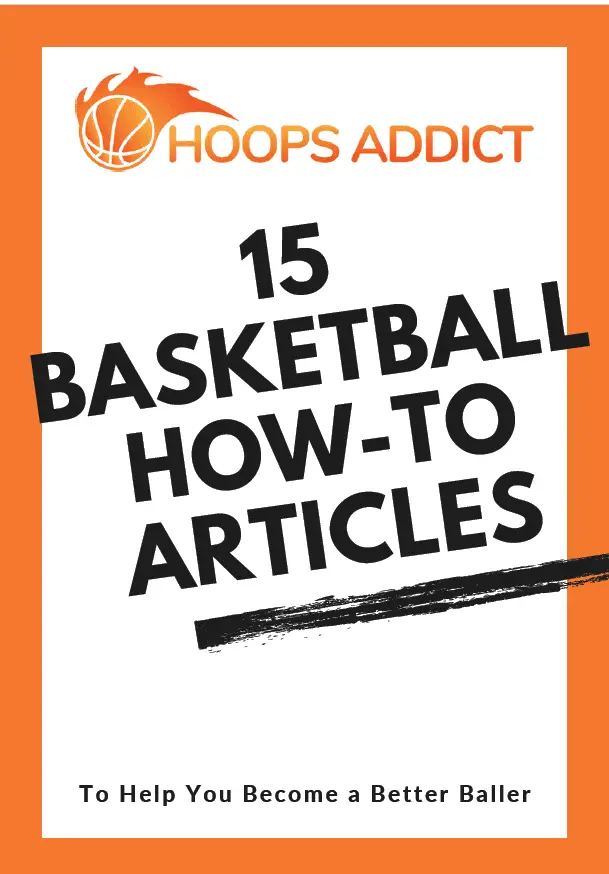

 How Does Trade Work in NBA?
How Does Trade Work in NBA? 
 Why Do Players Get Traded?
Why Do Players Get Traded? What is a “Sign and Trade” Deal in NBA?
What is a “Sign and Trade” Deal in NBA?
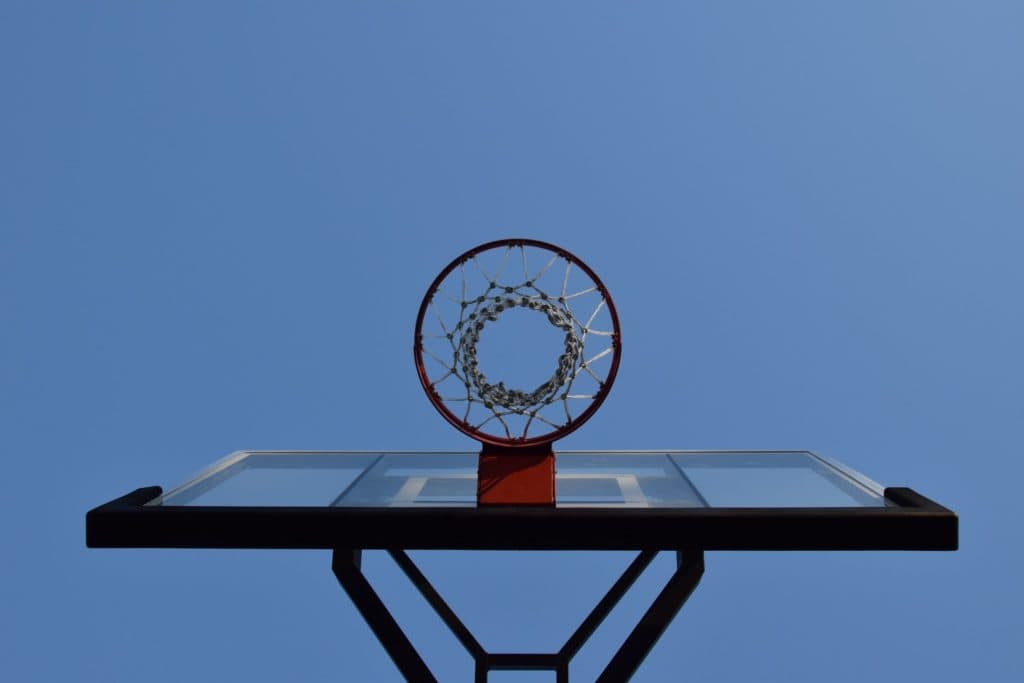
 Do NBA Trades Have to Match Salaries?
Do NBA Trades Have to Match Salaries? How Many Times Can a Player Be Traded?
How Many Times Can a Player Be Traded? Can You Trade Injured Players in NBA?
Can You Trade Injured Players in NBA?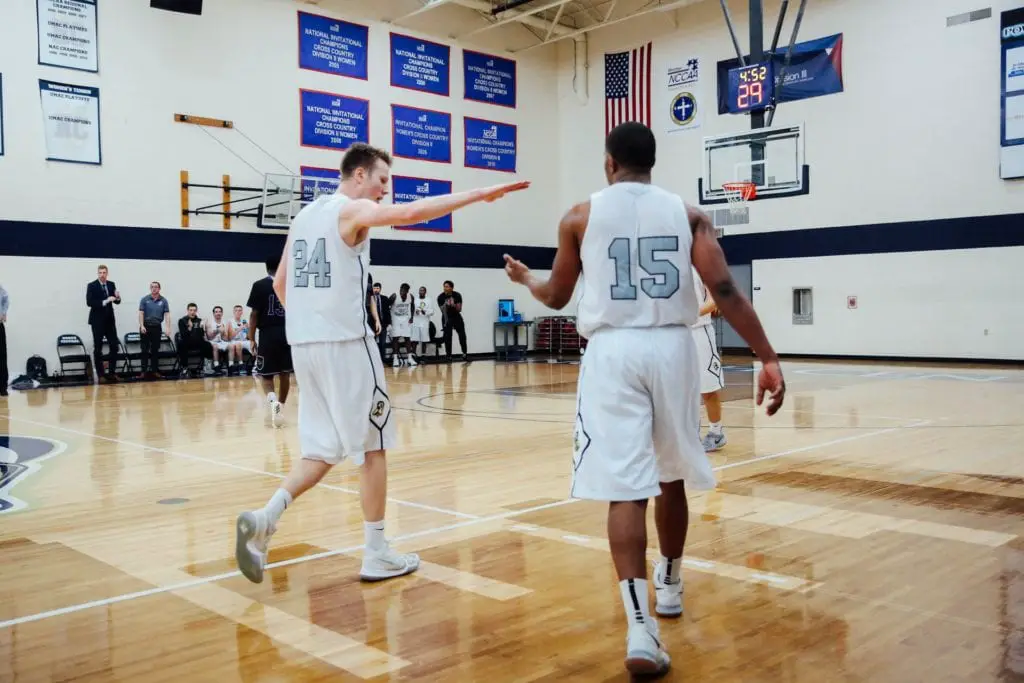
 Common Misconceptions about NBA Trade Rules
Common Misconceptions about NBA Trade Rules